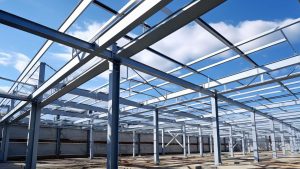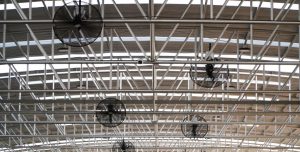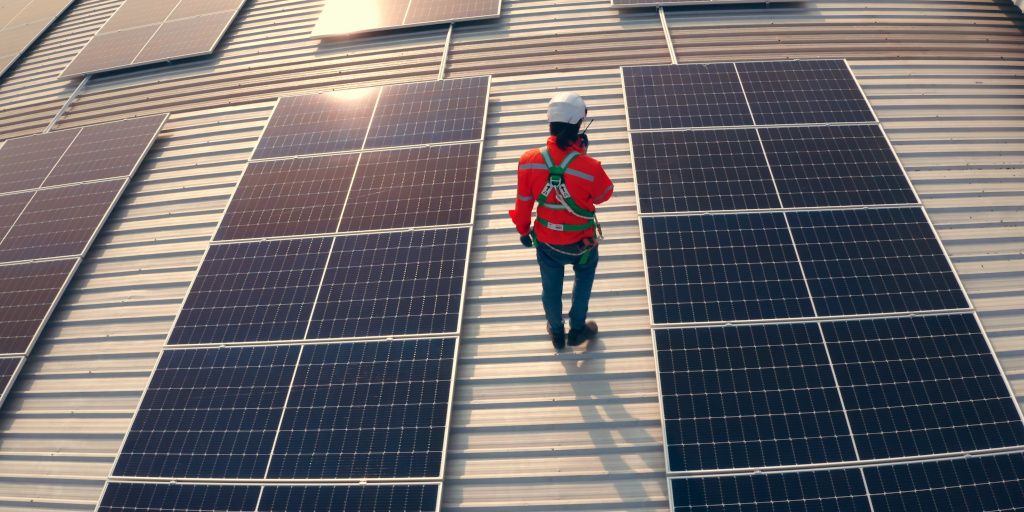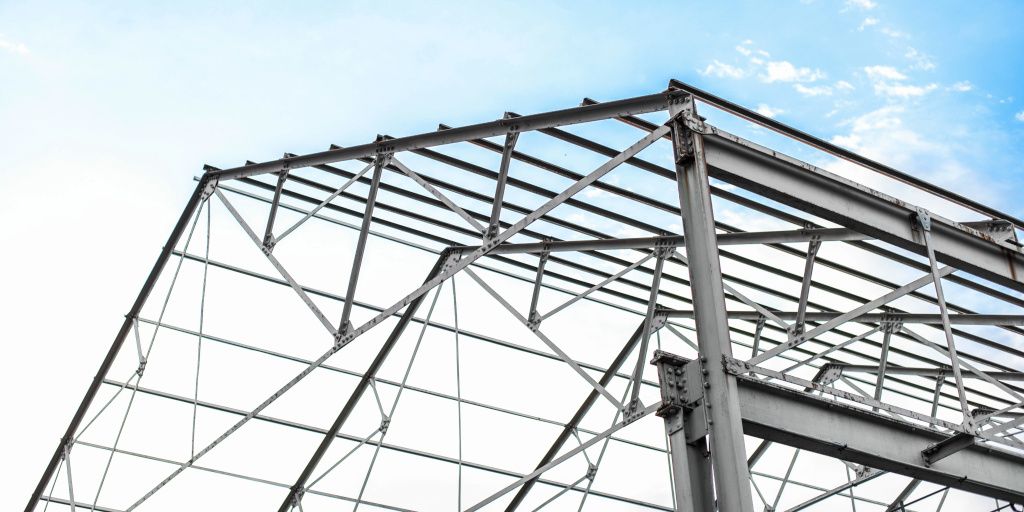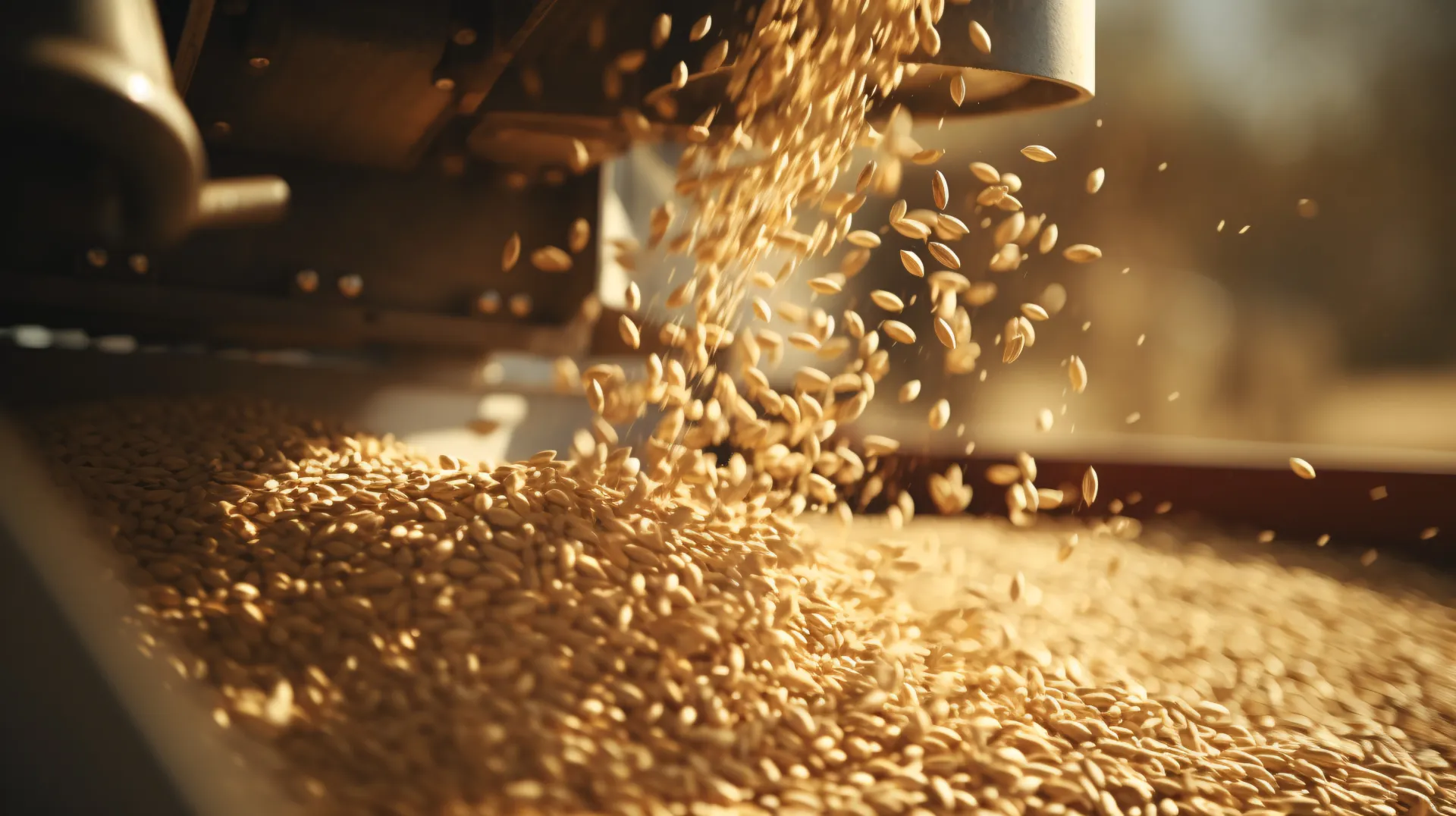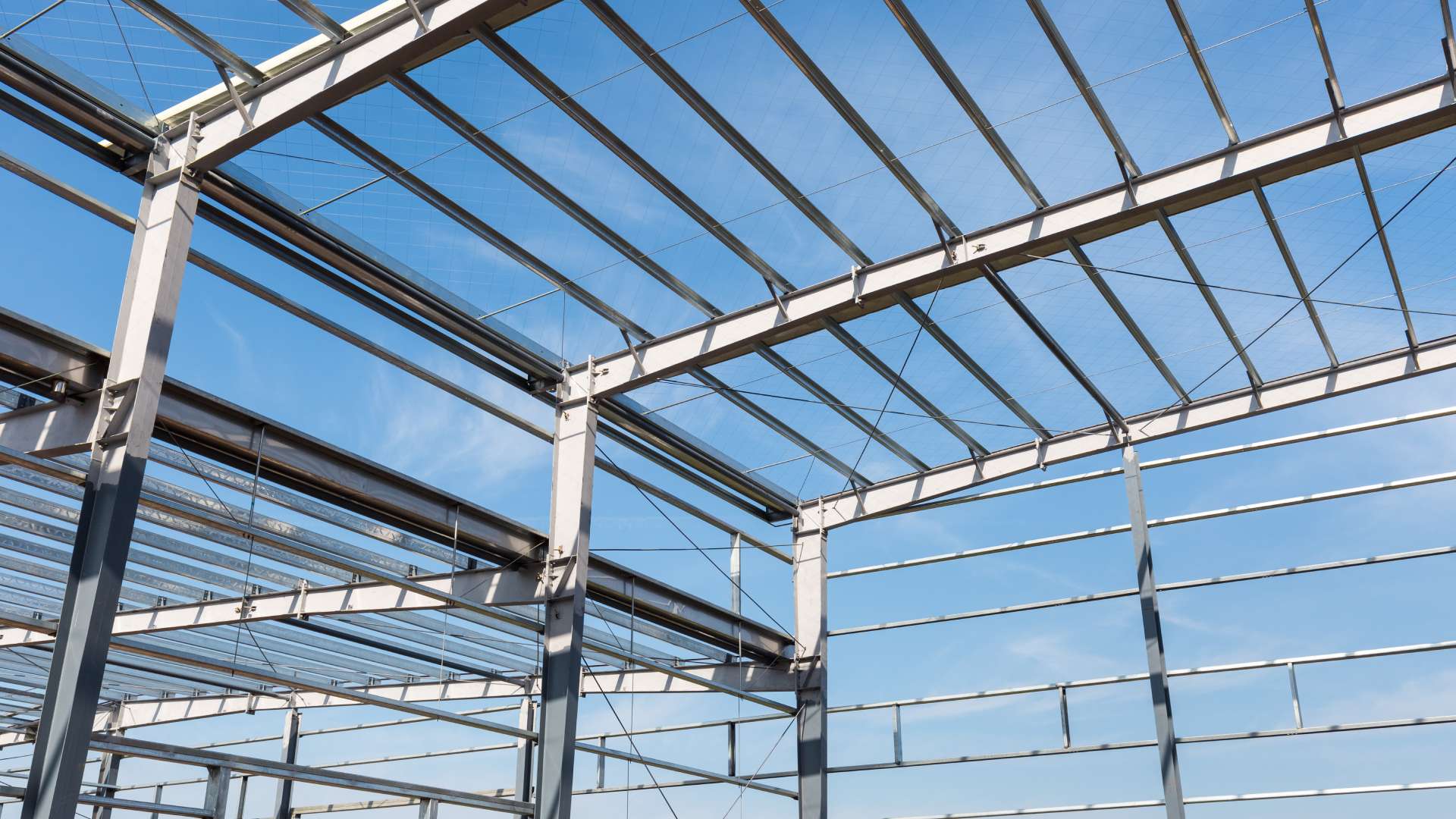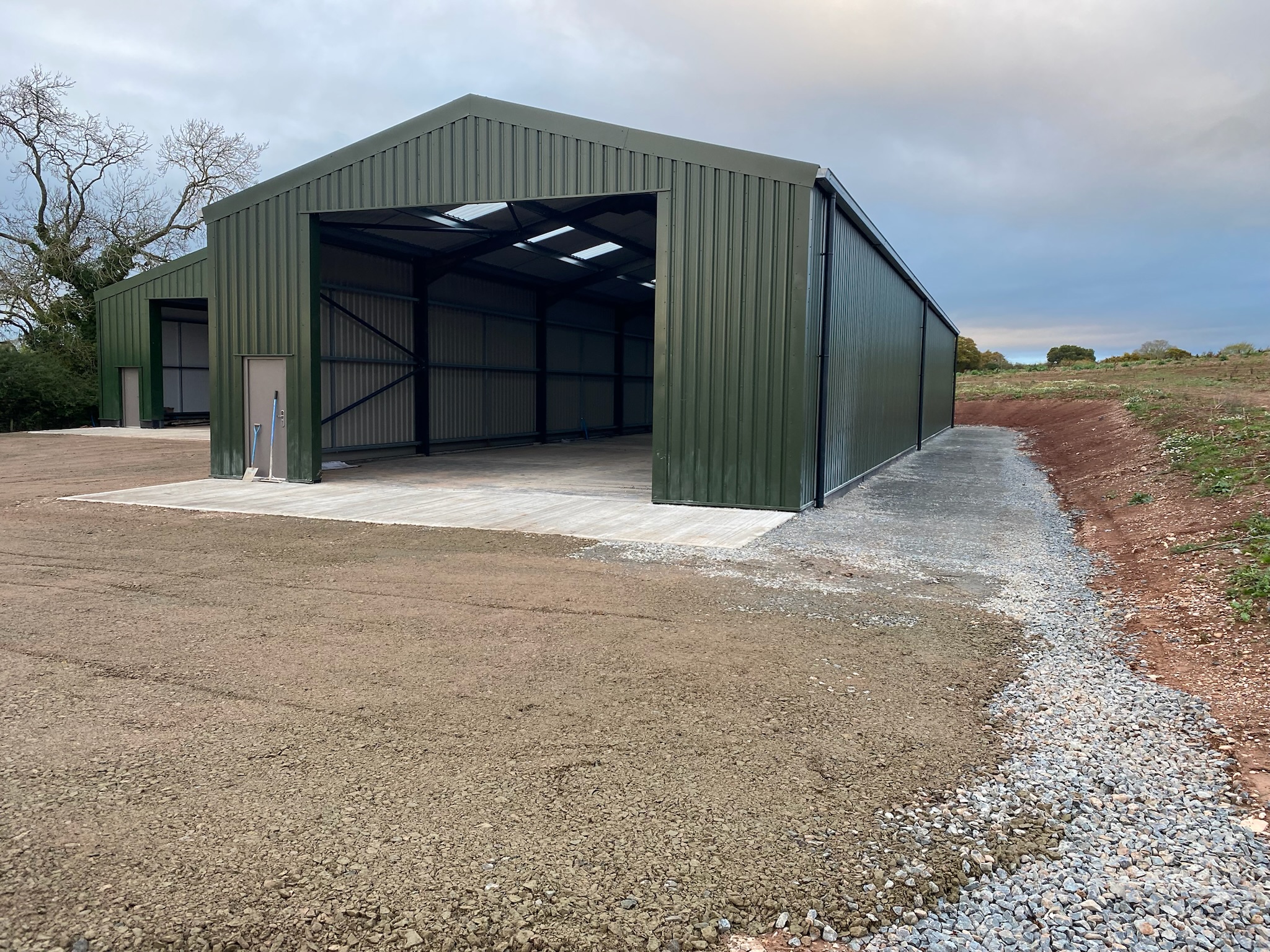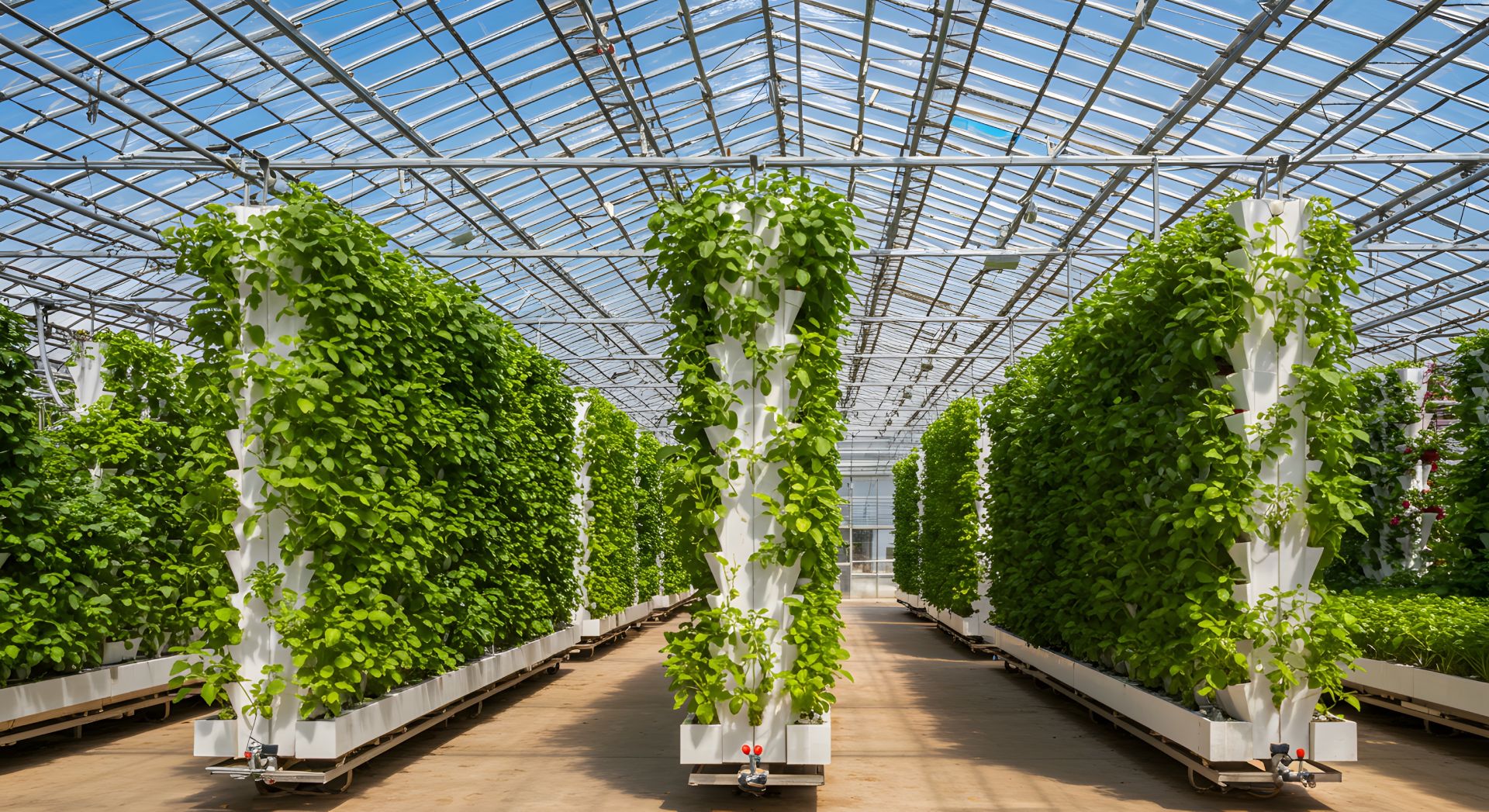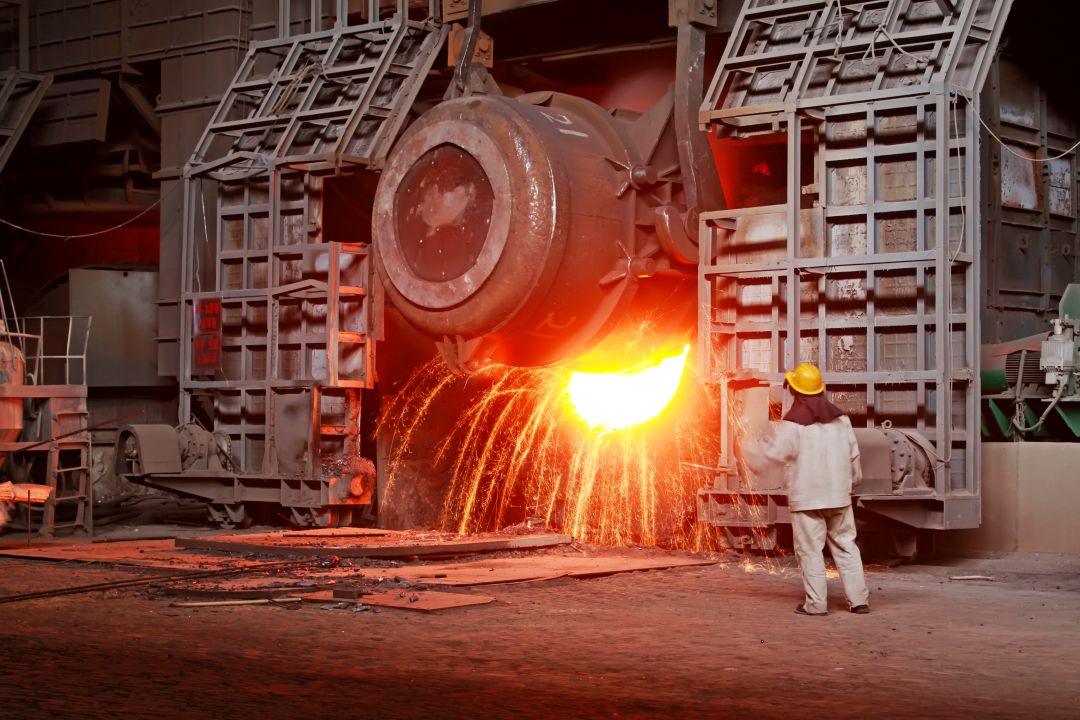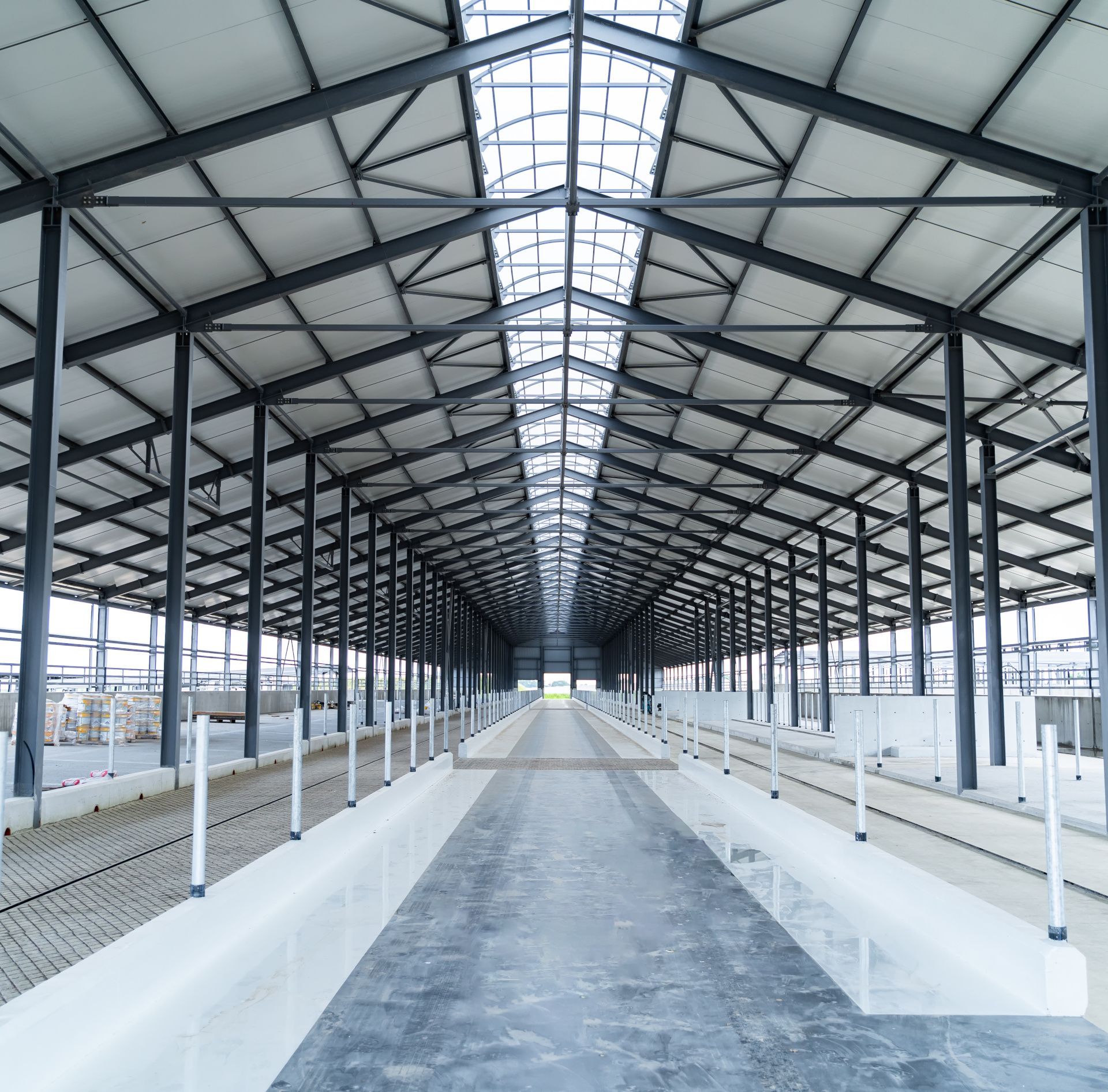In an era where natural disasters are increasingly frequent and severe, the importance of disaster-resilient construction cannot be overstated.
Ensuring that buildings can withstand the destructive forces of nature is not only a matter of economic prudence but also of safeguarding human lives.
Among the various materials used in construction, steel has emerged as a frontrunner in enhancing disaster resilience.
Its unique properties and versatile applications make it an ideal choice for structures that need to endure the most challenging environmental conditions.
Steel buildings offer a robust solution to the demands of disaster resilience.
This blog will delve into the numerous advantages of steel in the context of disaster-resistant construction, explore real-world case studies, discuss innovative design techniques, and consider future trends.
By understanding the role of steel buildings in this crucial field, stakeholders in construction and urban planning can make informed decisions to better protect communities and assets.
Understanding Disaster-Resilient Construction
Disaster-resilient construction refers to the design and building practices aimed at reducing the damage caused by natural disasters such as earthquakes, hurricanes, floods, and fires.
This approach prioritises the use of materials and techniques that enhance a building’s ability to absorb and recover from such events.
The principles of disaster-resilient design include redundancy, robustness, and flexibility, ensuring that structures can maintain functionality during and after a disaster.
Natural disasters pose significant risks to buildings, often leading to catastrophic failures when structures are not designed with resilience in mind. Traditional construction materials like wood and masonry, while effective in certain conditions, often fall short under extreme stress.
This has led to a growing emphasis on materials like steel, which offer superior performance in adverse conditions. The goal of disaster-resilient construction is to minimise loss of life, reduce economic disruption, and speed up recovery times, making it a critical component of modern building practices.

Advantages of Steel Buildings in Disaster Resilience
One of the primary advantages of steel buildings is their remarkable strength and durability. Steel’s high tensile strength allows it to withstand significant stress without breaking, making it an ideal material for construction in disaster-prone areas.
Unlike wood, which can rot or succumb to termites, or concrete, which can crack under stress, steel maintains its integrity under a wide range of conditions. This durability ensures that steel buildings remain standing and functional even after being subjected to severe weather events or seismic activity.
In addition to its strength, steel is also highly flexible and ductile, allowing it to bend without breaking. This property is particularly beneficial in seismic zones, where the ground can shift and sway violently during an earthquake.
Steel structures can absorb and dissipate energy from these movements, reducing the risk of catastrophic failure. Moreover, the fire-resistant nature of steel adds another layer of safety, as it does not ignite or contribute to the spread of flames, unlike wooden structures.
This combination of durability, flexibility, and fire resistance makes steel an unparalleled choice for disaster-resilient construction.
Case Studies
Several real-world examples highlight the effectiveness of steel buildings in disaster resilience. One notable case is the Christchurch Art Gallery in New Zealand, which withstood the devastating 2011 earthquake thanks to its steel framework.
The building’s steel structure was designed to flex and move with the seismic waves, preventing significant damage and ensuring the safety of its occupants. This example underscores the importance of using flexible materials in earthquake-prone areas.
Another compelling case is the use of steel in hurricane-prone regions, such as the Gulf Coast of the United States. In these areas, steel-framed buildings have demonstrated exceptional resistance to high winds and flying debris.
For instance, during Hurricane Katrina, many steel buildings survived the storm’s ferocious winds and flooding, remaining intact while other structures were destroyed. These case studies provide tangible evidence of the benefits of steel in enhancing the resilience of buildings against natural disasters.
Design and Construction Techniques for Disaster Resilience
Designing steel buildings for disaster resilience involves several key techniques. One crucial aspect is the reinforcement of frameworks and connections to ensure that the entire structure can move as a unified whole during stressful events.
This involves the use of bolted and welded connections that are robust enough to withstand extreme forces. Additionally, elevated designs can protect buildings in flood-prone areas by keeping the main structure above expected water levels, thus reducing the risk of water damage.
In regions prone to high winds, aerodynamic shapes and features can be incorporated into steel buildings to minimise wind resistance and prevent structural damage.
Building codes and standards play a vital role in this process, providing guidelines and requirements that ensure the construction meets the necessary resilience criteria.
For example, the International Building Code (IBC) includes provisions for seismic design that specify how steel structures should be built to endure earthquakes.
Adhering to these standards helps create buildings that are not only strong but also resilient to a variety of disaster scenarios.
Sustainability and Long-Term Benefits
Beyond their immediate advantages in disaster resilience, steel buildings also offer long-term sustainability benefits. Steel is one of the most recyclable materials available, and many steel products used in construction are made from recycled content.
This reduces the environmental impact of producing new steel and supports a circular economy. Furthermore, steel buildings often require less maintenance and fewer repairs over their lifespans compared to buildings made from other materials, resulting in lower long-term costs.
The societal benefits of steel buildings are equally significant. In the aftermath of a disaster, communities with resilient infrastructure can recover more quickly, reducing the economic and social disruption.
Steel buildings provide a safer environment for occupants, which can be crucial in emergency situations.
The ability to quickly reoccupy these buildings after a disaster can help maintain continuity in essential services and businesses, contributing to the overall stability and resilience of the community.
Future Trends in Disaster-Resilient Steel Construction
As technology continues to advance, the future of disaster-resilient steel construction looks promising. Innovations such as smart steel materials that can self-heal small cracks or indicate stress points are on the horizon.
These materials can enhance the longevity and safety of steel structures by providing early warnings of potential failures. Additionally, the integration of renewable energy sources and sustainable building practices with steel construction can further improve the environmental impact and resilience of these buildings.
The incorporation of smart technology into steel buildings is another exciting trend. Sensors and monitoring systems can be embedded into the structure to provide real-time data on the building’s condition during and after a disaster.
This information can help in making timely decisions for maintenance and emergency response. As these technologies become more widespread, steel buildings will not only be stronger and more resilient but also smarter and more responsive to the challenges posed by natural disasters.
Conclusion
In conclusion, steel buildings play a critical role in disaster-resilient construction due to their strength, flexibility, and fire-resistant properties.
By incorporating innovative design techniques and adhering to stringent building codes, these structures can withstand a variety of natural disasters, protecting both lives and property.
The long-term benefits of steel buildings extend beyond their immediate resilience, offering sustainability and economic advantages that contribute to the overall well-being of communities.
As we look to the future, continued advancements in steel technology and smart building practices will further enhance the resilience of our built environment.
Embracing these innovations is essential for creating safer, more sustainable communities that can effectively respond to and recover from the increasing threats posed by natural disasters.
Steel, with its proven track record and potential for future development, remains at the forefront of disaster-resilient construction.

